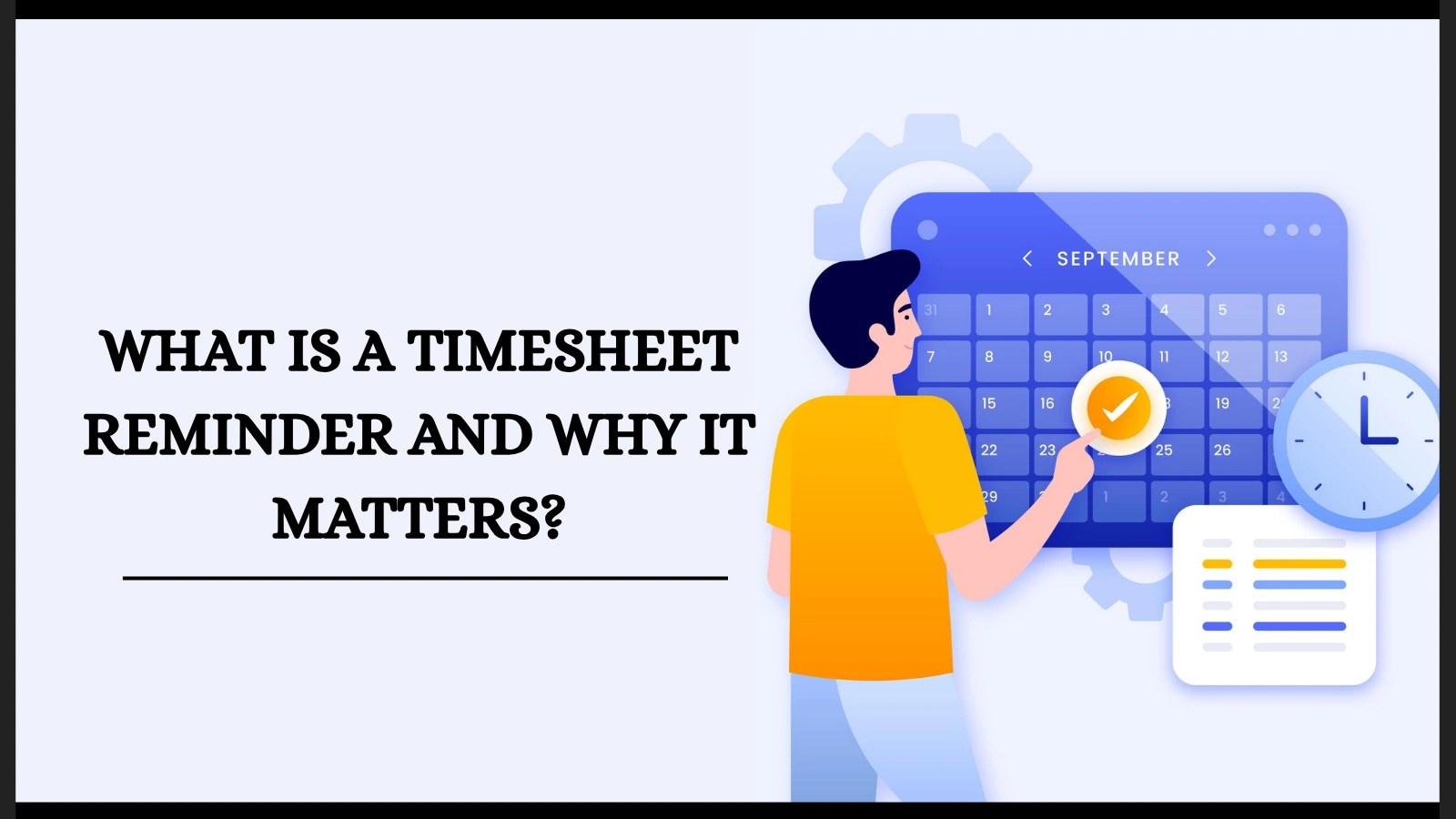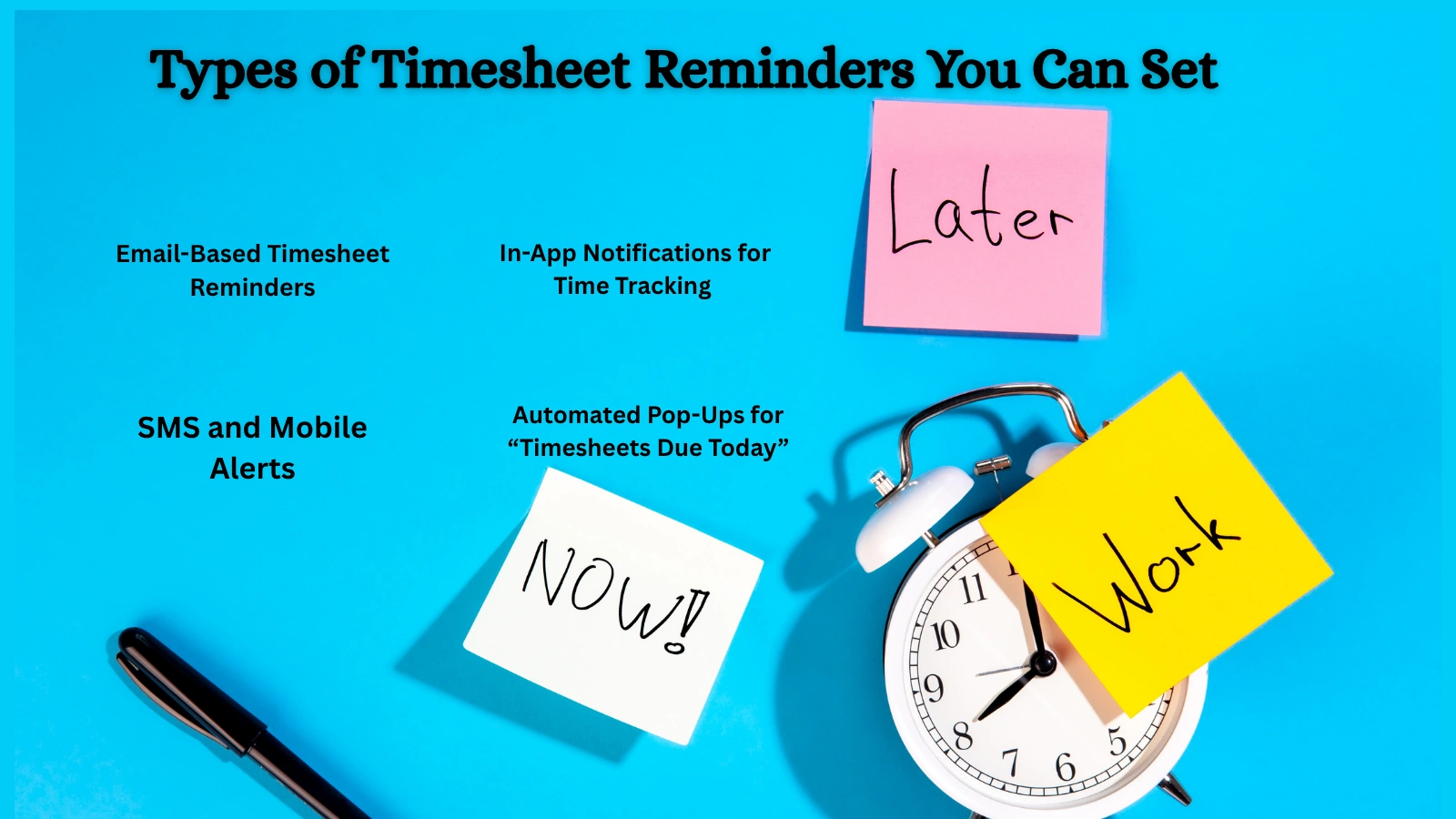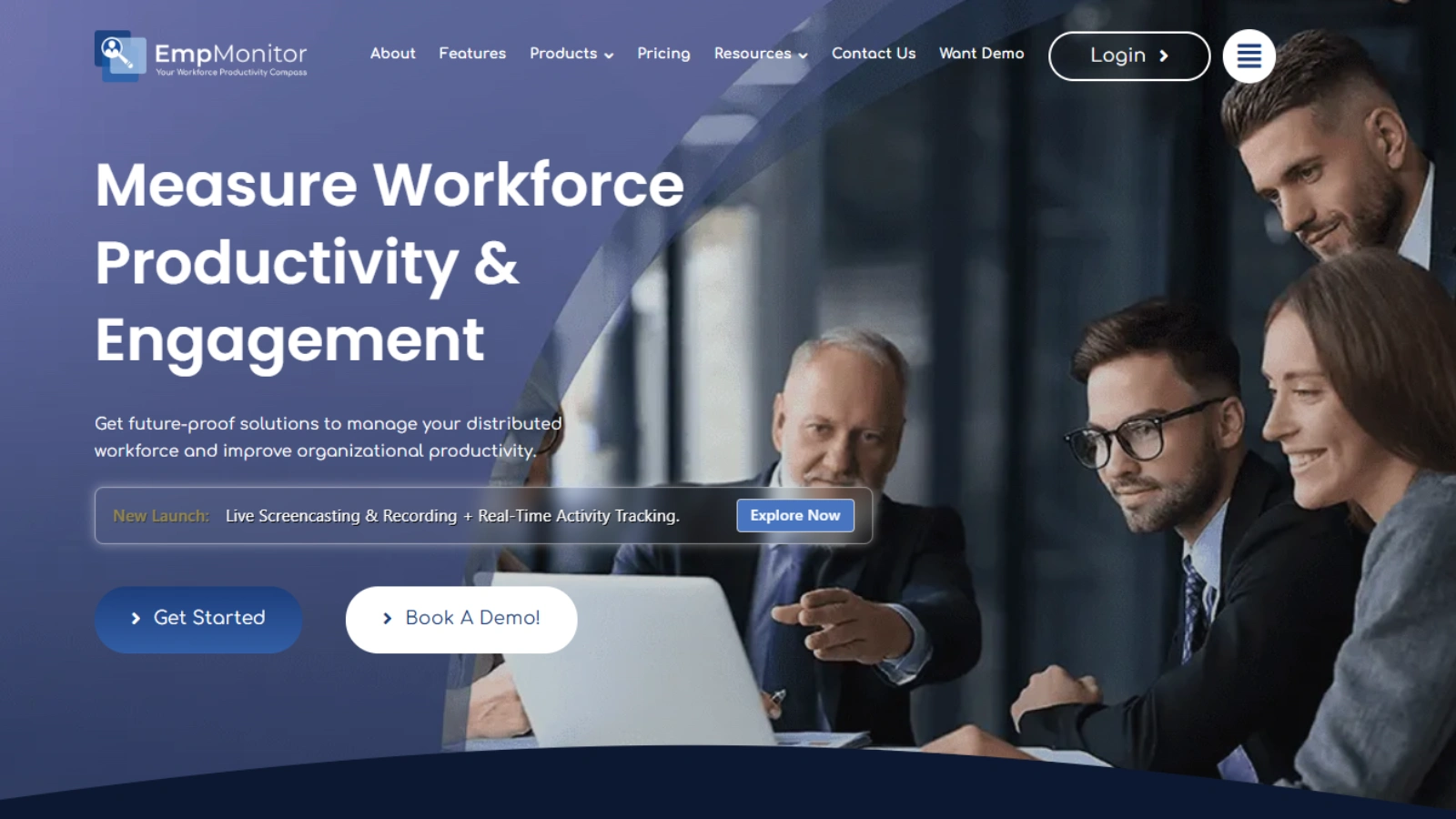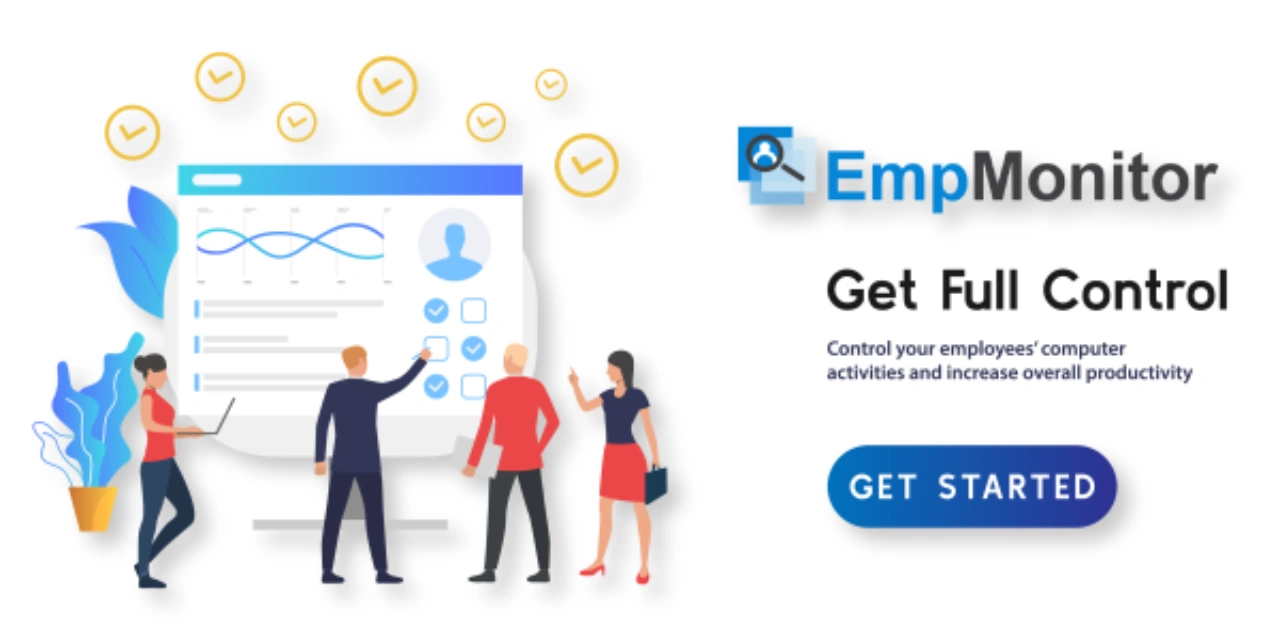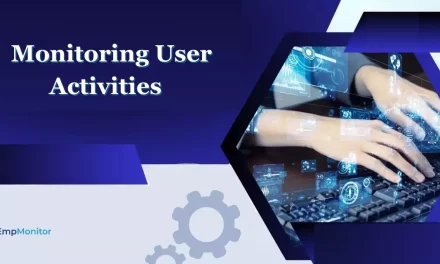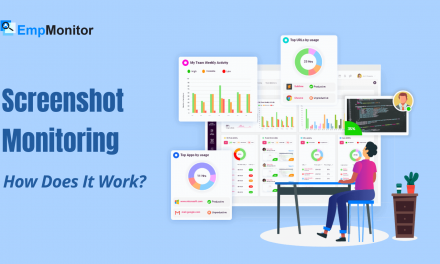Every company depends on accurate time records to run payroll smoothly, evaluate performance, and plan resources. Yet many employees forget to submit their timesheets on time, leading to payroll delays, errors, and compliance issues. A well-structured timesheet reminder system solves this problem. It ensures that employees fill in their hours without repeated manual follow-ups from HR or managers.
This guide explores how to create effective reminders, the role of automation, best practices, and how tools simplify the entire process.
In a hurry? Listen to the blog instead!
What Is A Timesheet Reminder And Why Does It Matter?
A timesheet reminder is a scheduled notification that prompts employees to complete and submit their working hours before the deadline. Unlike casual reminders, it focuses on accountability and accuracy.
Keeps Payroll Consistent
A timesheet reminder helps managers avoid payroll errors by ensuring that all employees submit their work hours on time. Without these reminders, late or missing entries can lead to discrepancies in salary processing. By keeping payroll consistent, businesses maintain fairness, accuracy, and employee trust.
Reduces Last-Minute Confusion
When timesheets are due today, automated reminders prevent employees from rushing at the last minute. This reduces mistakes that often occur when staff hurriedly enter incomplete or incorrect details. With clear alerts, employees have enough time to update their hours properly, making the process smoother for everyone.
Minimizes Compliance Risks
Accurate time records are critical for meeting labor laws and company policies. Timesheet reminders ensure employees log their work hours correctly, which helps businesses stay compliant with regulations. This protects organizations from potential legal issues and penalties caused by inaccurate reporting.
Improves Discipline and Transparency
Regular reminders encourage employees to take responsibility for submitting their hours on time, fostering a sense of discipline. It also builds transparency by giving managers a clear view of how time is spent across teams. This visibility strengthens trust between employees and management while keeping operations organized.
Makes Payroll Processing Error-Free
When timesheets are completed on schedule, payroll teams receive accurate data without missing details. This eliminates the need for manual follow-ups or guesswork during salary calculations. As a result, the payroll process becomes faster, more reliable, and free from costly errors.
The Role Of A Timecard Reminder In Workplace Productivity
Workplace productivity drops when managers spend hours chasing employees for timesheets. A timecard reminder addresses this challenge.
Workplace productivity decreases when managers spend valuable hours following up on pending timesheets. A timecard reminder solves this problem effectively.
- Employees record and submit their work hours on time without missing deadlines.
- HR teams complete payroll and reporting tasks without unnecessary delays.
- Managers focus more on analyzing performance instead of tracking attendance manually.
- A timecard reminder strengthens accountability and keeps project timelines aligned.
- Automated notifications reduce errors in timesheet entries, leading to more accurate data.
- Consistent reminders encourage a culture of discipline, helping employees stay organized with their daily tasks.
A time card reminder not only boosts accountability but also ensures that project planning stays on track.
How Payroll Reminder Improves Accuracy And Compliance?
Payroll accuracy relies heavily on timely and correct timesheet submissions. A payroll reminder acts as a safeguard, ensuring employees don’t overlook their responsibilities.
- Timely submission means no late salaries.
When employees are reminded to submit timesheets on schedule, payroll teams can process salaries without delay. This prevents frustration, boosts employee trust, and maintains a consistent payment cycle. - HR avoids compliance risks related to labor laws.
Labor regulations require precise tracking of employee work hours. Payroll reminders reduce the chances of errors or missing entries, helping HR stay compliant with wage laws and protecting the company from penalties. - Finance teams run payroll smoothly without backlogs.
With accurate and timely data, finance departments avoid last-minute bottlenecks. This smooth flow minimizes errors in calculations, keeps records updated, and makes reporting more efficient. - A payroll reminder is more than just a notification; it ensures financial accuracy and organizational reliability.
Beyond a simple alert, payroll reminders build accountability within the workforce. They guarantee that payroll processes are error-free, reliable, and aligned with the organization’s financial goals.
Types Of Timesheet Reminders You Can Set
- Email-Based Timesheet Reminders
Emails remain the most widely used method for reminding employees. They are simple to schedule, easy to automate, and reach employees no matter where they are working. This makes them a reliable option for teams across different locations. - In-App Notifications for Time Tracking
Time tracking platforms often come with built-in notification systems. These in-app alerts appear while employees are already logged in, making them harder to miss. It keeps the reminder visible during actual work, increasing the chances of immediate action. - SMS and Mobile Alerts
Text message reminders are useful when employees are away from their computers. A quick SMS ensures that staff receive the alert instantly on their mobile phones. This is especially effective for remote teams or employees working on the go. - Automated Pop-Ups for “Timesheets Due Today”
Pop-up alerts grab attention right away. A message that directly states “timesheets due today” eliminates any confusion about deadlines. This method is direct, effective, and leaves no room for missed submissions.
Read More!
How Businesses Use Timesheet Templates To Save Time & Money?
How To Manage Tasks Easily with Automatic Time-Tracking In 2025?
Best Practices For Setting Effective Time Sheet Reminders
Not every reminder delivers the same results. To make them effective, here are some tried-and-true practices:
- Send reminders at the right frequency (not too early, not too late).
Timing matters. A reminder sent too early may be forgotten, while one sent too late leaves employees with no time to act. The best approach is to schedule reminders close enough to deadlines without overwhelming staff. - Keep the message clear and short.
Employees should understand the reminder at a glance. Simple wording like “Submit your timesheet by 5 PM today” is far more effective than long, complicated messages. - Align reminders with payroll cycles.
Syncing timesheet reminders with payroll deadlines ensures smoother salary processing. When submissions are timely, payroll teams avoid delays, backlogs, and calculation errors. - Personalize messages to improve engagement.
A personalized reminder feels more direct and less robotic. Using an employee’s name or tailoring the message makes them more likely to take action quickly. - Combine multiple methods (email + app + mobile) for better results.
A single reminder can go unnoticed. Using different channels like email, in-app alerts, or SMS ensures employees receive the message no matter where they are. - A timesheet reminder must be helpful, not annoying.
Frequent, repetitive alerts can frustrate employees instead of helping them. The goal is to guide them toward timely submissions, not overwhelm them with constant notifications.
A time sheet reminder must be helpful, not annoying.
How To Automate Timecard Reminders For Better Efficiency?
Manual follow-ups can drain valuable time from HR and managers. By automating timecard reminders, organizations make sure every employee gets notified consistently and on schedule.
- Schedule recurring reminders (daily, weekly, or monthly).
Automating reminders on a fixed schedule ensures employees receive timely nudges without managers having to send them manually. The frequency can be set according to the company’s needs. - Sync reminders with payroll deadlines.
Linking reminders directly to payroll cutoffs helps avoid late submissions. This ensures that salary processing and reporting stay on track without last-minute hassles. - Use tracking software that integrates notifications.
Modern time tracking tools often include built-in notification systems. These platforms allow reminders to be sent automatically through emails, pop-ups, or mobile alerts. - Customize alerts for individuals or departments.
Personalized reminders are more effective. By tailoring alerts for specific employees or teams, businesses can improve response rates and reduce repeated follow-ups. - Automation saves HR countless hours and ensures no employee has the excuse of forgetting when timesheets are due today.
With automated systems in place, HR no longer wastes time chasing missing entries. Employees stay accountable, and payroll teams get the accurate data they need without delays.
How EmpMonitor Helps With Timesheet Reminders
Keeping track of employee timesheets can be challenging, especially for teams working remotely or in hybrid setups. Late or inaccurate timesheets can disrupt payroll, project tracking, and productivity analysis. This is where EmpMonitor makes a real difference.
Accurate Time Tracking for Seamless Timesheet Management
EmpMonitor’s time tracking feature ensures that every minute of your employees’ workday is accounted for. It monitors:
- Active time – time spent productively on tasks.
- Idle time – periods of inactivity that may need attention.
- Offline time – hours when employees are not logged in.
- Productive hours – clear insights into how work time is utilized.
Automated timesheet reminders ensure employees submit their work hours on time, reducing delays and errors. Managers can also generate detailed reports highlighting patterns of productive and idle hours, making performance evaluation and payroll processing much easier.
Complementary Monitoring Features for Better Oversight
Beyond timesheet reminders, EmpMonitor offers employee monitoring tools that give managers a complete picture of team performance:
- User Activity Monitoring – track app and website usage to see where employees focus their time.
- Attendance Monitoring – compare logged hours with actual attendance for accuracy.
- Workforce Productivity Insights – identify top performers and areas needing improvement.
- Project Management & Reporting – monitor project progress and allocate resources efficiently.
With EmpMonitor, managers not only ensure timesheets are submitted on time but also gain confidence that the recorded hours reflect genuine work. By combining automated reminders with detailed activity tracking, the platform helps teams stay accountable, productive, and on schedule.
Common Mistakes To Avoid When Sending Timesheet Reminders
Even with a good reminder system, certain mistakes can make the process less effective. Here are the most common ones to watch out for:
- Overloading employees with too many alerts.
Sending constant reminders can annoy employees and cause them to ignore important messages. A well-timed reminder is far more effective than flooding inboxes or apps with repeated alerts. - Sending reminders at odd hours.
Notifications that arrive late at night or during off-hours may get overlooked. Scheduling reminders during work hours increases the chance that employees act on them immediately. - Using vague or unclear language.
A reminder like “Don’t forget your timesheet” may be too general. Clear instructions such as “Submit your timesheet by 5 PM today” leave no room for confusion. - Not aligning reminders with payroll dates.
If reminders are not synced with payroll cycles, employees may submit late, causing payroll delays. Matching reminders with payroll schedules ensures smooth and accurate processing. - An effective timesheet reminder balances urgency with simplicity.
The goal is to motivate employees without overwhelming them. Short, precise, and well-timed reminders encourage timely action while maintaining workplace harmony.
Real-Life Benefits Of An Effective Timesheet Reminder System
Companies that implement a structured reminder system notice significant improvements across operations. Some of the key benefits include:
- Improved payroll accuracy.
With timely reminders, employees submit work hours consistently, giving payroll teams accurate data. This reduces errors in salary calculations and helps maintain financial fairness. - Timely project billing for clients.
Accurate timesheets allow businesses to bill clients on schedule. This strengthens client relationships, improves cash flow, and ensures projects stay financially aligned. - Reduced compliance risks.
Labor laws require precise records of working hours. An effective reminder system helps employees submit complete timesheets, protecting companies from legal issues or penalties. - Higher employee accountability.
Regular reminders encourage employees to take responsibility for logging their time. This builds a culture of discipline and ensures individuals stay committed to deadlines. - Better workforce transparency.
Consistent timesheet submissions give managers a clear picture of where time is being spent. This visibility helps in identifying productivity gaps and planning resources more effectively. - A proper system ensures everyone understands their role in maintaining productivity.
Beyond reminders, it creates a shared responsibility across the workforce. Employees, HR, and managers all stay aligned, which strengthens teamwork and overall efficiency.
Choosing The Right Tools For Timecard And Payroll Reminders
The most effective reminder system combines automation, customization, and accuracy. When evaluating tools, consider these key factors:
- Look for integration with payroll systems.
A reminder tool that connects directly with payroll ensures smoother salary processing. This eliminates the need for manual data transfers and reduces the chance of costly errors. - Ensure reminders are customizable.
Every team works differently, so flexibility is important. Tools that allow custom messages, timing adjustments, and department-specific alerts are more effective in keeping employees engaged. - Prioritize real-time reporting.
Managers and HR need immediate visibility into who has submitted timesheets and who hasn’t. Real-time reporting makes it easy to track progress and send follow-ups when necessary. - Select tools like EmpMonitor that combine time tracking with activity analysis.
A platform such as EmpMonitor not only automates reminders but also offers insights into employee productivity. This dual benefit helps organizations manage time, attendance, and efficiency in one place. - With the right tool, a timecard reminder and a payroll reminder become effortless.
Instead of chasing employees manually, automated systems handle notifications seamlessly. This allows HR and managers to focus on higher-value tasks while ensuring accuracy and compliance.
Final Thoughts
A structured timesheet reminder system saves time, ensures accuracy, and strengthens accountability across the workforce. Companies that adopt automated reminders experience fewer payroll delays, smoother project execution, and improved employee productivity.
With tools like EmpMonitor, businesses get more than just reminders; they gain a complete workforce management solution.
FAQs
- Why is a timesheet reminder important?
A timesheet reminder ensures employees log their work hours on time and with accuracy. This prevents payroll miscalculations, reduces compliance risks, and keeps projects aligned with deadlines. - How often should I send timesheet reminders?
The ideal frequency depends on your payroll cycle. For most companies, weekly reminders before payroll deadlines are effective. In larger teams, adding a mid-week or end-of-day nudge helps avoid last-minute rushes. - Can a timecard reminder be automated?
Yes. With software like EmpMonitor, you can set up automated alerts that notify employees at scheduled times. This reduces the burden on HR and managers while ensuring consistency in submissions. - What happens if employees ignore timesheet reminders?
Ignoring reminders can result in delayed payroll, inaccurate reporting, and compliance issues. An automated system keeps track of missed submissions, holds employees accountable, and reduces the need for repeated manual follow-ups. - How does EmpMonitor improve timesheet reminders?
EmpMonitor combines time tracking, attendance, and workforce monitoring into one platform. Its automated notifications, such as “timesheets due today,” ensure accuracy, reduce payroll errors, and give managers real-time visibility into workforce discipline.


